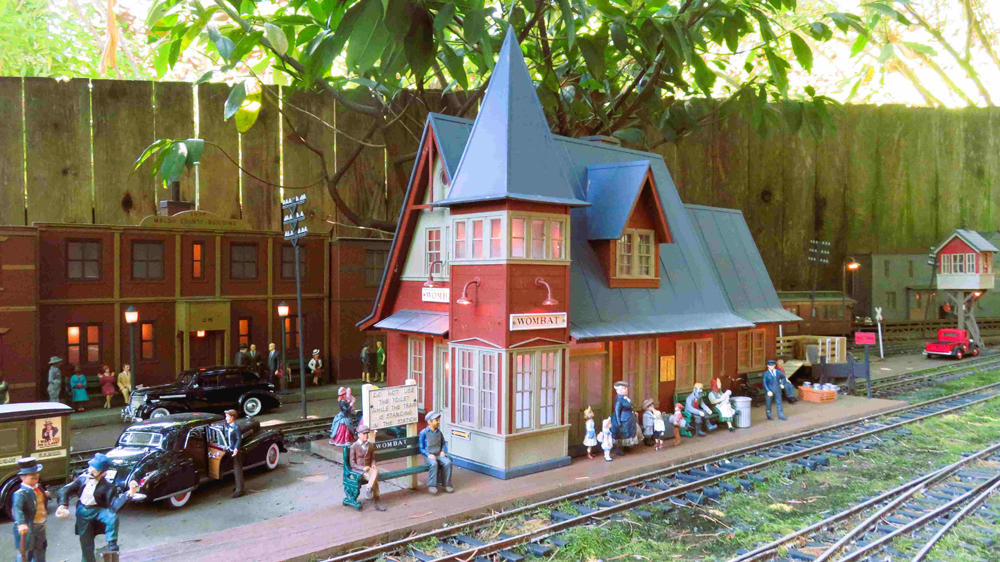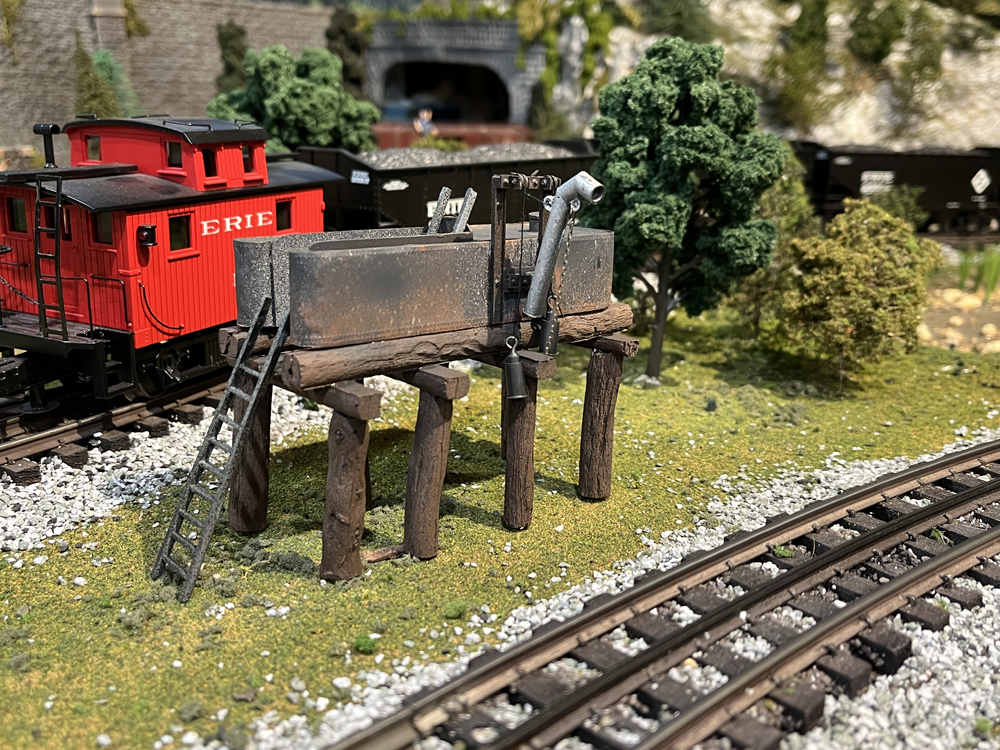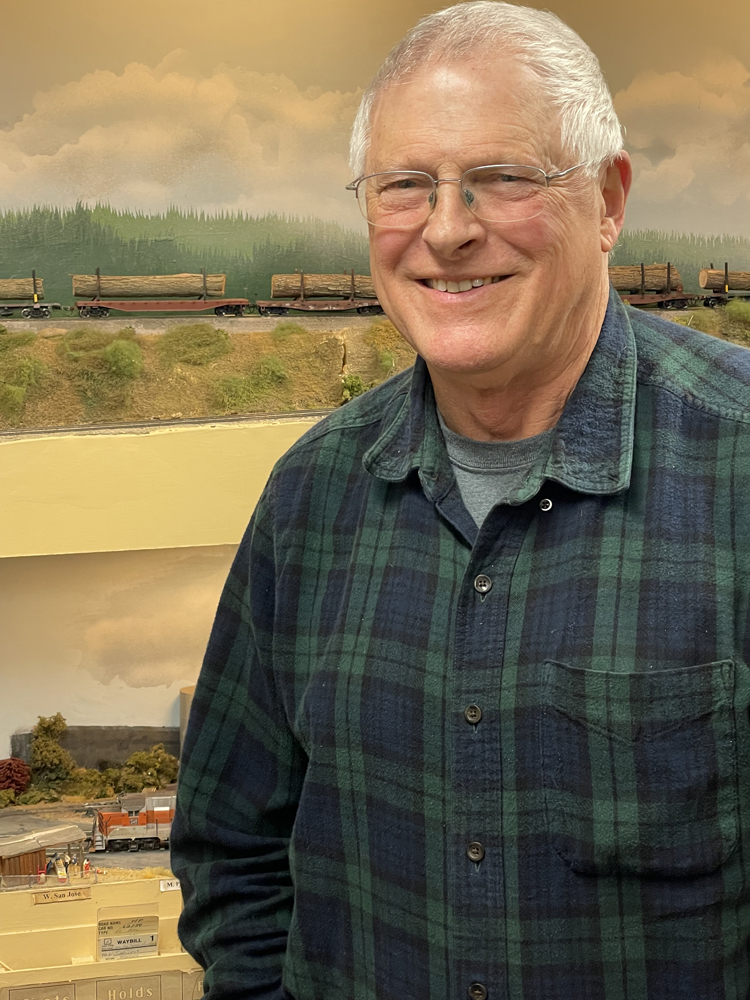Q: As a longtime participant with and observer of railroads, what is your opinion of the state of the overall industry?
A: The railroads are quite profitable these days. Most of the big ones have adopted Precision Scheduled Railroading, which in my view is neither precision nor scheduled. It’s rather a phrase to describe a strategy that involves reducing the asset base of the railroads, tearing up double track, closing yards, closing shops, closing intermodal terminals and so on, and reducing operating costs by running fewer, longer trains.
As such, railroad traffic is remaining, I think, quite constant, but railroads are losing market share vis-a-vis trucks, and there’s no growth in traffic now.
There’s only one railroad that has not adopted Precision Scheduled Railroading, and that’s BNSF. [Retired BNSF Executive Chairman] Matt Rose has given some excellent explanations of why they’re not doing it. The other railroads that have adopted Precision Scheduled Railroading seem to be focusing on near-term profitability … and reducing their operating ratios. But their CEOs do not focus on long-term infrastructure investments.
None of the PSR railroads ever mentions using [positive train control] to help them implement their so-called Precision Scheduled Railroading. Only BNSF is talking about taking its existing PTC system and enhancing it, [by] going to moving blocks, getting rid of wayside signals, integrating their PTC system with locomotive health reporting, maintenance of way operations, precision dispatching, and so on.
All the big railroads each spent about $2 billion on PTC, but only BNSF at this time seems to be focused on getting the business benefits from that investment.
Q: You’re talking about the overlay type of PTC here, as compared with the more advanced systems, correct?
A: Yes. Even these overlay systems all involve GPS receivers on locomotives. The GPS receivers can give real-time train location and speed information. And the railroads seem not to be using that real-time, speed and location information.
There’s a great concern about customer service. In fact, Union Pacific issued a press release [recently] announcing 475 people being laid off, because they’re having difficulty with provision of service and with congestion on their lines. So their solution was to lay off people. And there was no mention in this press release of “We’re going to use the continuous real-time information from our PTC system to help us manage our railroad better.”
Q: Can you expand on that? How would this information be of use to them?
A: Dispatchers on most of the railroads are still working from a traditional centralized traffic control board. They know what block a train is in. They know when a train enters the block and when the train leaves the block, but unless the dispatcher has a stopwatch, they don’t know how fast the train is going, and therefore they don’t have a prediction of when the train will arrive, either at meet points or at their terminals.
The continuous real-time information from GPS [tells] them precisely where things are and precisely how fast they’re going. This gives the railroad a better opportunity to forecast arrival times at meet points and junctions and terminals. It’s information management. So many of the railroads viewed PTC simply as an advanced signal system, rather than really an advanced communications network that gave better quality information.
The challenge is better service to customers. One of the big railroads a few months back called me and said, ‘You know, we’re having difficulty telling our customers accurate information on when our cars are going to arrive.’ Giving better information to customers helps with several things. One is better service you can charge a little more for, and it encourages the shipper to send more business your way. As far as laying off people, it’s just, starting with Hunter Harrison and now some of the other railroads, it’s just “We’re going to lay off people. We’re going to cut our operating costs.” The strategy of laying off people is only to improve the operating ratio.
With this accurate information, you can do a better job of asset management. Knowing when locomotives will become available at other terminals, you could do a better job of crew management, freight car utilization, and so on. Better asset management comes with the better information.
Portions of this interview were originally published in the July 2019 issue of Trains.










“Please keep your feedback on-topic and respectful. Trains staffers reserve the right to edit or delete any comments”. Be kind of nice to let someone know when and why comments were deleted. You have our addresses. Most train dispatchers can tell you an ETA on any train. CADS has a predictor on arrival times. PTC is rush by the govt. to prevent trains from getting by red signals. RR’s had the same thing called ATS. And this back in the days of steam engines.
“Dispatchers on most of the railroads are still working from a traditional centralized traffic control board. They know what block a train is in. They know when a train enters the block and when the train leaves the block, but unless the dispatcher has a stopwatch, they don’t know how fast the train is going, and therefore they don’t have a prediction of when the train will arrive, either at meet points or at their terminals” Strange observation.
Union Pacific’s programmers are gearing up to launch a new developer portal that will significantly enhance customer experience and be the first of its kind in the railroad industry. Currently in pilot mode, the technology will allow customers to access and interact with relevant railroad data within their own business platforms. Driving this innovation are Application Program Interfaces (APIs), which allow computer applications to interact with each other to pass data or perform actions.
Excerpt taken from “Empowering Railroad Customers One API at a Time” by Tom McCauley, Silicon Prairie News. 12/30/19.
My GPS watch can tell me to the minute when I will get to the end of my run or bike ride. And if I change routing or speed, the prediction is updated slightly to account for change en route. Shouldn’t be hard to do with a vehicle on a fixed path where the primary variable is speed…
One thing people overlook is that, except for CSS/ACSES, PTC systems are not vital. That means they are not reliable enough to be used as signal systems and can only be used to supplement conventional signal systems to ensure safe train separation.
Phil Mulligan
The number one story for 2019 should be the pathetic performance of the Class Ones in growing traffic.
.This is the era of information. How many of us get tracking notifications of packages. I get my med’s by mail and get notifications of when they are shipped and when they arrive at the local distribution facility and when to expect their arrival. Also how many of you use train tracker or FlightAware to see where Amtrak trains are or airplanes are. What Mr. Ditmeyer is proposing is so doable today, it is sad to see the RR’s not moving toward it. The Wall Street boys have pushed the RR heads to think they are a dying industry that must be milked for all the cash that can be extracted and forget about the future. So buy back stock with the earnings and increase the price and their bonuses. They have golden parachutes.